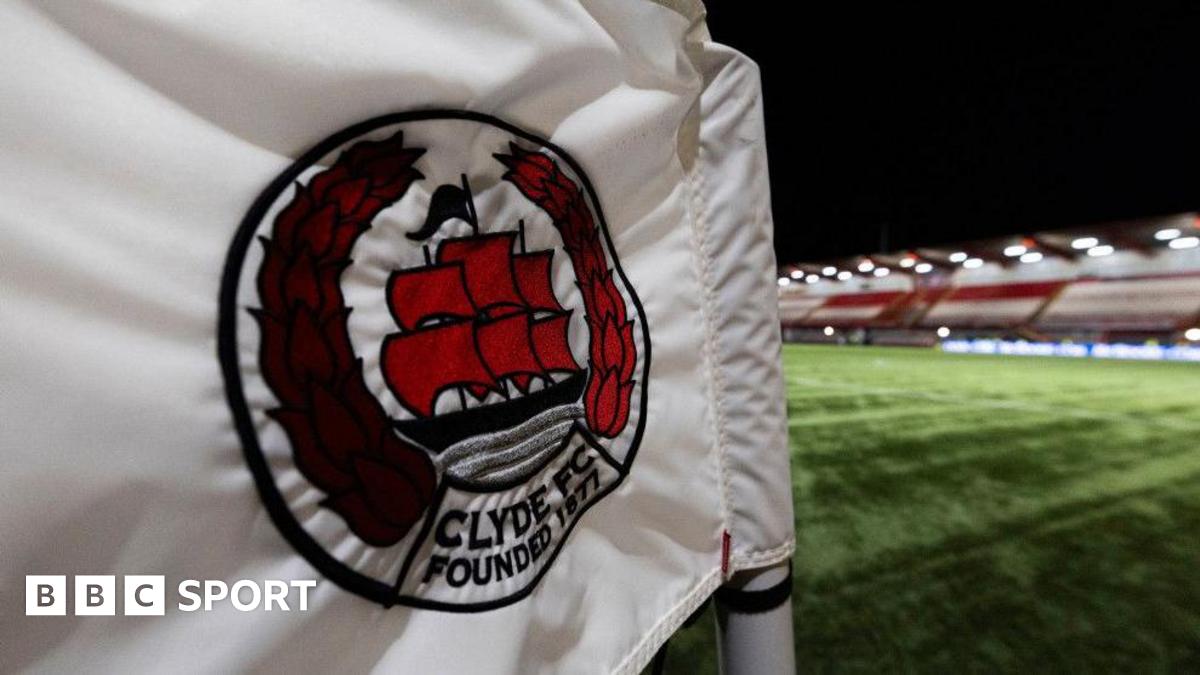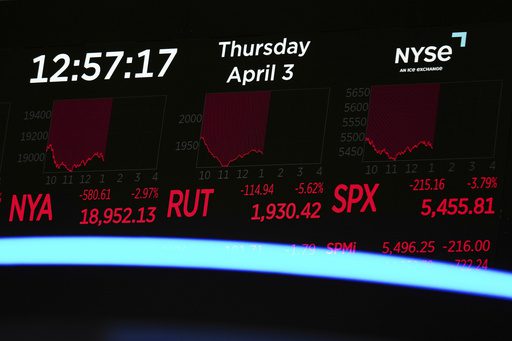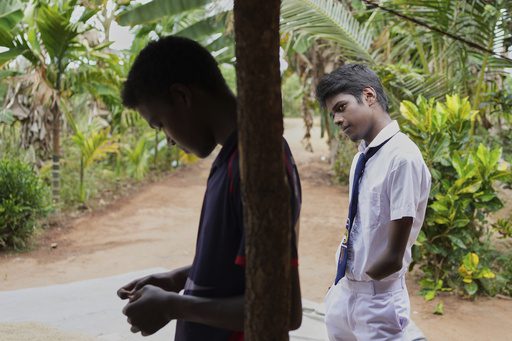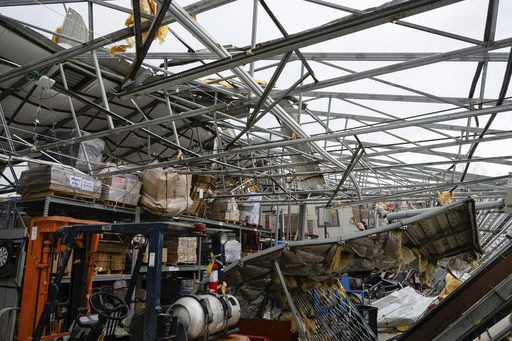
news
LeBron James: Lakers vs. Warriors game was 'the best I felt since the injury'
Though Steph Curry and the Warriors got the win, Lakers star LeBron James said Thursday's game was the best he's felt since he returned from injury.
EMEA Tribune was launched in 2020. We lost our database due to a server migration. Please send your articles to kamal@emeatribune.com via email.

news
Clyde fear they may be forced to find yet another temporary home stadium after admitting "an element of uncertainty" over their tenancy at Hamilton Academical's New Douglas Park.

news
Milwaukee Bucks (42-34, fifth in the Eastern Conference) vs. Miami Heat (35-42, ninth in the Eastern Conference)Miami; Saturday, 8 p.m. EDTBOTTOM LINE: Miami plays Milwaukee in a matchup of Eastern Conference teams.The Heat are 23-25 in Eastern Conference games. Miami is sixth in the Eastern Conference with
news
With just one day to go until the Grand National, the time has come for you to make your selection for the most famous race of all.

CHARSADDA (Report by Fatima Jafar) According to global Times news agency Europe, A high-level delegation from ONE UMMAH UK, comprising: Hasan Hamid, Husrat Rashid, Husam Uddin Rashid, Uzair Khan, Usman Mahmood, Arham Baig, Muhammad Irfan Satti, Yasser Hafiz, Abdul Basit Khwaja recently visited Alkhidmat Hospital Charsadda, where they were warmly

ESPN, Disney+, and Skydance Sports have announced the development of an upcoming ESPN Original Series centered on the Kansas City Chiefs. Produced by Words + Pictures in collaboration with Skydance Sports, NFL Films, 2PM Productions, and Foolish Club Studios, the six-episode docuseries is set to premiere later this year on ESPN

Advance Carolina, Common Cause North Carolina, Democracy NC, Forward Justice, Forward Justice Action Network, NAACP North Carolina State Conference, NC Black Alliance, North Carolina For The People Action, North Carolina Poor People’s Campaign, and Southern Coalition for Social Justice

NEW YORK (AP) — The Centers for Disease Control and Prevention (CDC) is undergoing significant leadership changes, with five senior officials stepping down on Tuesday. This marks the latest wave of departures at the nation’s top public health agency. The resignations were announced during a meeting of agency senior leaders.

In the past 48 hours, a leading AI-focused investment fund has scaled back its exposure, citing rising valuations and investor overexuberance. At the same time, several high-profile AI stocks have dropped sharply during the recent Nasdaq correction—even as bullish predictions suggest some companies could still cross the $1 trillion

On March 19, 2025, Türkiye’s already volatile political scene was dealt another heavy blow. Istanbul Mayor Ekrem İmamoğlu—an opposition stalwart and beacon of hope for millions—was abruptly detained on spurious charges. For those who have long witnessed the struggle for a freer Türkiye, his arrest was yet

Affiliate links on Android Authority may earn us a commission. Learn more. Published on42 minutes ago ChatGPT has quickly become one of the most popular tools among students for studying, writing, and research. Now, OpenAI is making it even more accessible by offering a free two-month ChatGPT Plus subscription to
A spirited matchup between two of the most well-respected brands in the College Basketball Crown — Villanova and USC — came down to the wire, with Eric Dixon delivering the final knockout blow.

Asian shares slid further Friday after U.S. President Donald Trump’s tariffs sent shudders through financial markets at a level of shock unseen since the COVID-19 pummeled world markets in 2020. Trump announced a minimum tariff of 10% on global imports, with the tax rate running much higher on

MANKULAM, Sri Lanka (AP) — Thavarathnam Pushparani fought on the front lines for the now-defeated Tamil Tiger rebels against the Sri Lankan forces in its decadeslong separatist war and later took to clearing the land mines on the same battle lines. But the Trump administration’s suspension of aid threatens Sri

LAKE CITY, Ark. (AP) — Parts of the Midwest and South faced the possibility of torrential rains and life-threatening flash floods Friday, while many communities were still reeling from tornadoes that destroyed whole neighborhoods and killed at least seven people. Forecasters warned of catastrophic weather on the way, with round after

SORATA, Bolivia (AP) — A powerful explosion killed at least five people, including a pregnant woman and 1-year-old baby, during a standoff between rival groups of gold miners early Thursday in northwestern Bolivia, police said, a rare instance of territorial disputes between the nation's mining cooperatives turning fatal. The

All the major football tournaments we have come to love must be planned years ahead to accommodate increasing demand, new markets, and evolving infrastructure.Football authorities must sort out logist...

THURSDAY'S RESULTS BASEBALL City Section Chatsworth 7, Taft 0 Fremont 21, Dorsey 1 King/Drew 11, Harbor Teacher 7 Legacy 9, South East 2 Narbonne 8, Bell 2 Poly 4, San Fernando 3 Port of LA 12, Locke 1 Roosevelt 6, South Gate 4 Verdugo Hills 2, Kennedy

Mohamed Amoura: Liverpool’s Left-Field Striker Option Could Solve a Familiar ProblemPlanning Ahead for Change at AnfieldAs Liverpool fans await clarity over the futures of Trent Alexander-Arnold, Vi...

For soft drinks, it's Coke vs. Pepsi. In the fast-food burger world, it's the Whopper vs. the Big Mac. For fast food chicken, it's KFC vs. Chick fil-A. In Philadelphia, cheesesteak fans debate over Pat's and Geno's. For seaside seafood

Just hours before a one and a half year old was kidnapped from daycare, an anti-harassment order against the suspect was denied in court. According to court documents, on March 28, 47-year-old Quiana Marks left a court hearing for the anti-harassment order, which was denied, and drove straight to MARS

Jason Cundy was full of praise for Enzo Fernandez following Chelsea’s win against Tottenham on Thursday night at Stamford Bridge.The Blues picked up a huge three points to move back into the top fou...
Powered by EmailOctopus